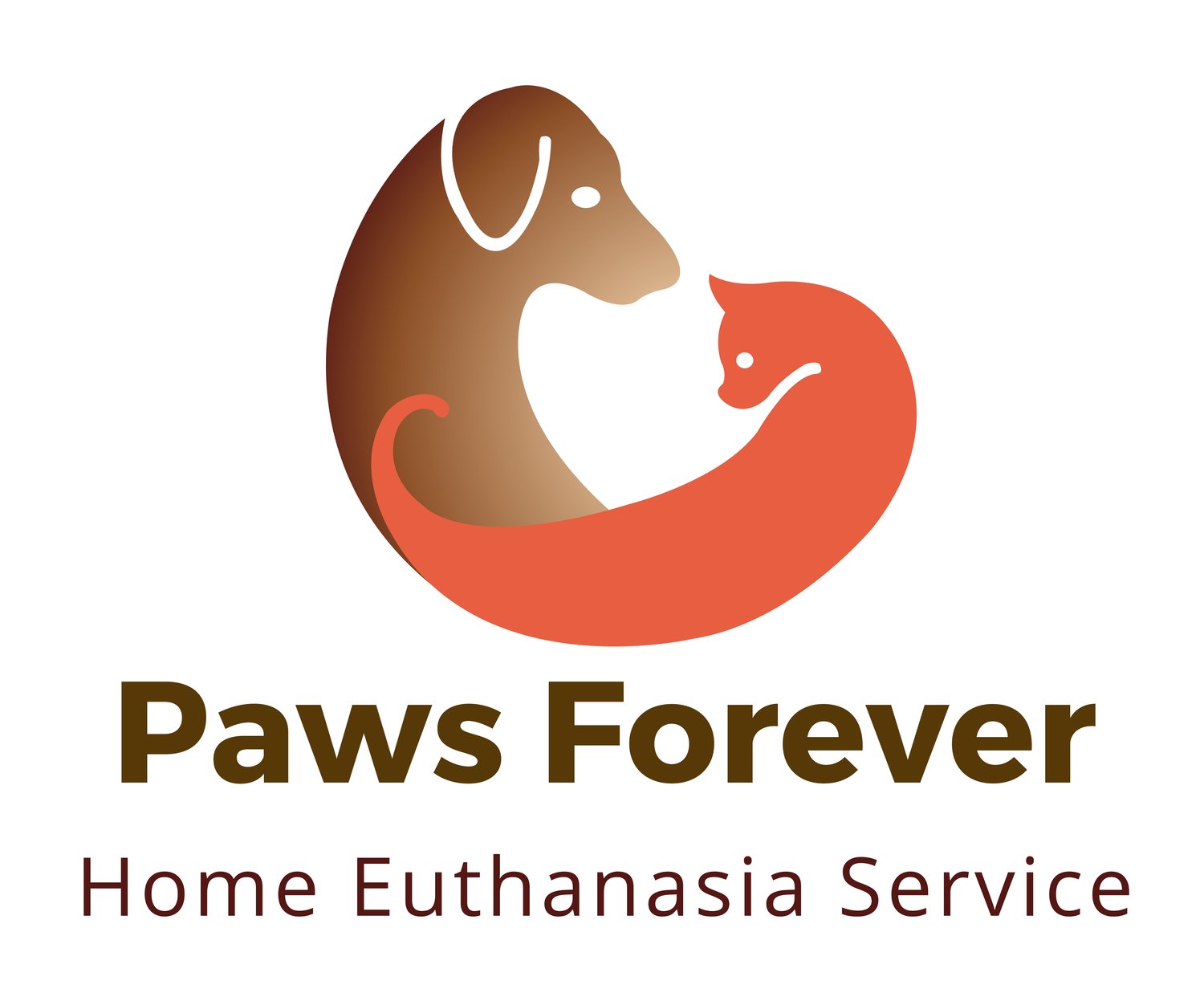The HHHHHMM Scale
One quality of life scale, developed by a veterinarian, is known as the HHHHHMM scale. The letters stand for Hurt, Hunger, Hydration, Hygiene, Happiness, Mobility, and “More good days than bad days.” Some of the issues raised in this scale are discussed in the text. They provide a starting point for thought, discussion, and decision making.
HURT: Adequate pain control, including the ability to breathe, is the most important aspect of quality of life and it is first and foremost on the scale. Many pet owners may not realise that not being able to breathe easily can be one of the most painful experiences for an animal.
HUNGER: Can your animal eat on its own? Has it lost interest in food? If your pet is not receiving adequate nutrition, by hand or force feeding, then a feeding tube should be considered, especially for cats. Malnutrition develops quickly in sick animals if the care giver is not knowledgeable about pet nutrition.
HYDRATION: Is your animal hydrated? Fluids that are injected beneath the animal’s skin are a very effective method to supplement the water intake of ailing pets.
HYGIENE: Some questions to consider include: Can your pet be kept brushed and cleaned? Is the coat matted? Is your pet situated properly so that it will not have to lie in its own urine/faeces after going to the toilet? Can your pet control its toileting?
HAPPINESS: One important question to consider when contemplating euthanasia is: “Is your pet able to experience any joy or mental stimulation?” Pets often communicate their thoughts and emotions with their eyes. You should try to answer questions such as: Is your pet responsive and willing to interact with the family? If the animal is a cat, is it able to purr and enjoy being on the bed or in your lap? Is there a response to a bit of catnip or a favorite toy? Can your pet’s bed be moved close to the family’s activities and not left in an isolated or neglected area? Is your pet depressed, lonely, anxious, bored, or afraid?
MOBILITY: You should determine whether your pet is able to move around on its own or with help in order to satisfy its needs. Does your pet feel like going out for a walk? Does your pet have central nervous system problems, such as seizures or stumbling? Can your pet be taken outdoors or helped into the litter box to eliminate with assistance? Will a harness, sling or cart be helpful? Is medication helping?
The need for mobility seems dependent on the species and breed. You should bear in mind that cats and small lap dogs can and do seem to enjoy life with much less mobility than large and giant-breed dogs.
MORE GOOD DAYS THAN BAD: When there are too many bad days in a row or if your pet seems to be “turned off” to life then quality of life is compromised. Bad days are filled with undesirable experiences such as vomiting, nausea, diarrhoea, frustration, and seizures. Bad days could be from profound weakness caused by anaemia or from the discomfort caused by an obstruction or a large, inoperable tumor in the abdomen. When a healthy human-animal bond is no longer possible, the caregiver should be aware that the end is near. Making the decision for euthanasia is a kindness to pets that are suffering.
Adapted from Villalobos, A.E., Quality of life scale helps make final call, Veterinary Practice News, September 2004.



